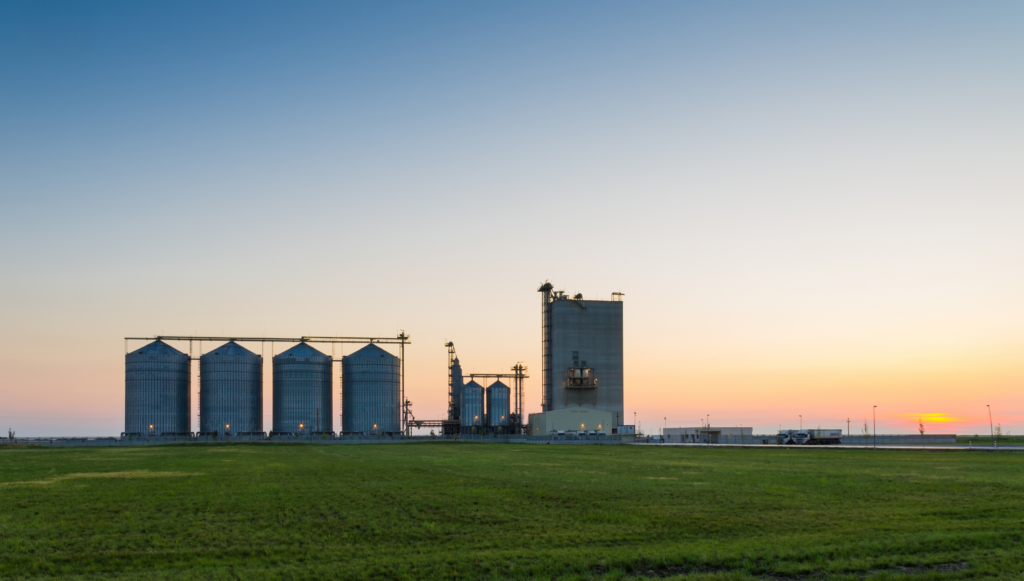Silos are essential for many farms, particularly in grain-growing regions. However, Silos present unique hazards that require careful planning and strict adherence to safety protocols. The most common risks include:
- Falling from Heights: Climbing silos without proper safety measures can lead to serious falls, particularly when workers are accessing or maintaining the structures. A fall from a silo or field bin could result in severe injury or even death.
- Suffocation: Grain silos are confined spaces where oxygen levels can become dangerously low, especially when grain or feed material is present. Workers who enter silos risk suffocating from lack of oxygen or becoming trapped in flowing grain, leading to fatal accidents.
- Toxic Poisoning: Toxic gases such as carbon dioxide and nitrogen can build up in silos, particularly when organic material begins to break down. These gases are often invisible and odourless, making them hard to detect without specialised equipment.
Tips for Silo Safety
To prevent accidents and protect workers, it’s crucial to follow safety guidelines and ensure that everyone involved in silo operations is properly trained.
- Structural Integrity: Regularly inspect silos and field bins to ensure they are structurally sound and functioning properly. Any cracks, corrosion, or mechanical issues should be addressed immediately.
- Proper Training and Personal Protective Equipment (PPE): Never enter a silo or field bin without proper training and appropriate PPE, including harnesses, respirators, and safety helmets. Workers should be trained to understand the dangers and know how to use safety equipment correctly. ProcessWorx highly recommends confined space training before working in silos.
- Spotters and Emergency Communication: Always have a spotter present when working in or around silos. Spotters should have access to emergency communication tools and be trained to respond quickly in case of an emergency.
- Height Safety: Working at heights around silos requires specialised training. Workers should always use fall arrest systems and never attempt to climb or repair silos without proper equipment and assistance.
- Air Quality and Ventilation: Be aware of dangerous gas levels in silos. Ensure proper ventilation is in place and use gas detectors to measure oxygen levels before entering confined spaces. If toxic gases are present, avoid entry until the air quality improves.
Silo safety is critical to protecting workers on farms. By following these safety tips, conducting regular inspections, and ensuring proper training, farm operators can minimise the risks associated with silos and field bins. Remember, safety is a priority, and taking preventive measures could save lives.
For more information on farm safety, or to discuss implementing HR and WHS strategies on your farm, please contact us on 08 9316 9896, enquiries@processworx.com.au. Also watch an Introduction to ProcessWorx.
Follow ProcessWorx on LinkedIn, Facebook, Instagram, YouTube, and X to keep up with the latest HR and Safety news.




